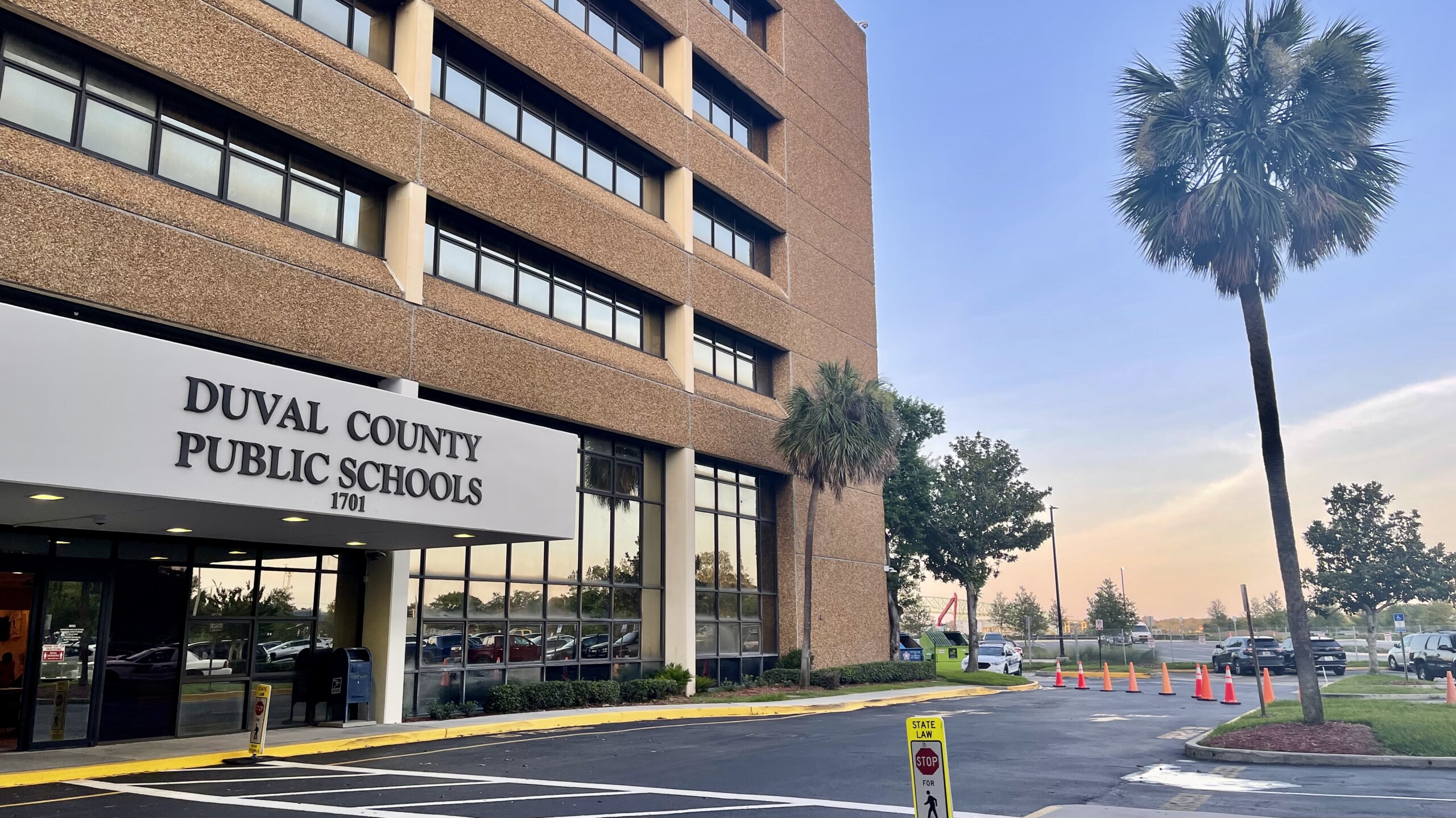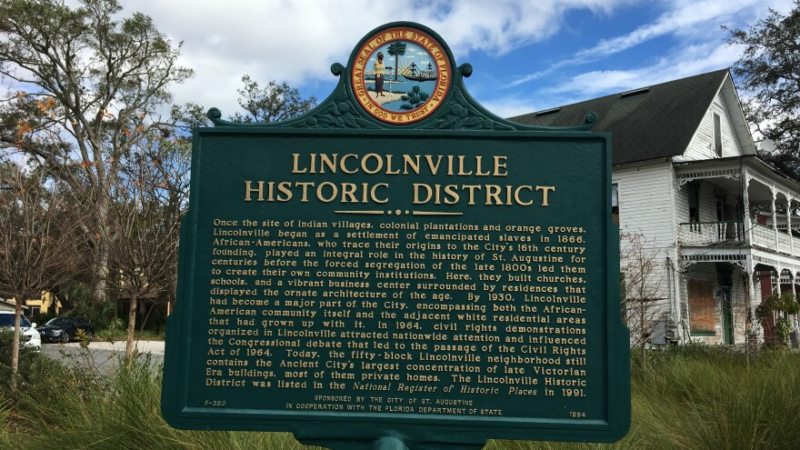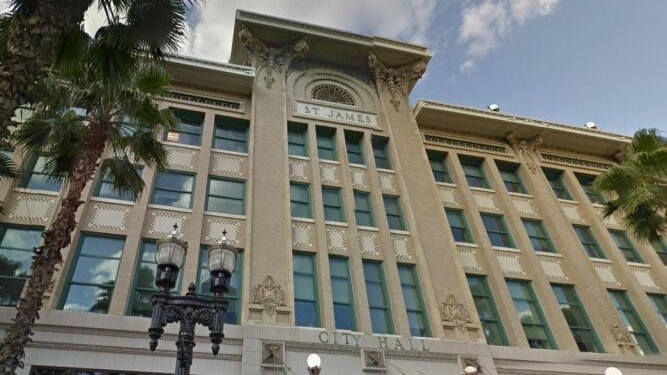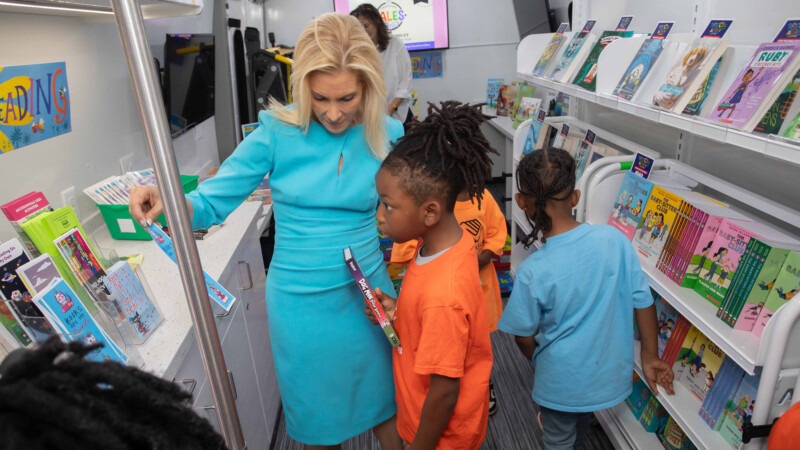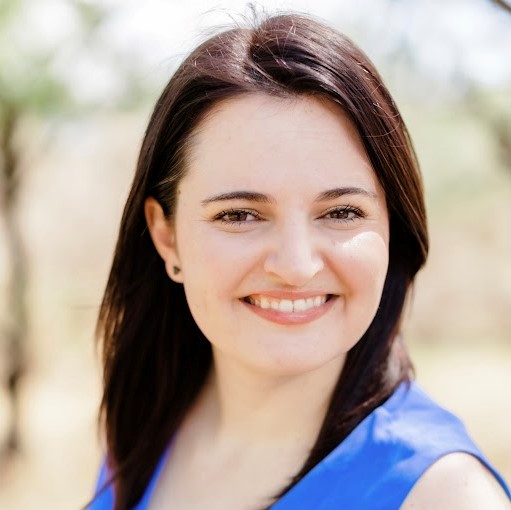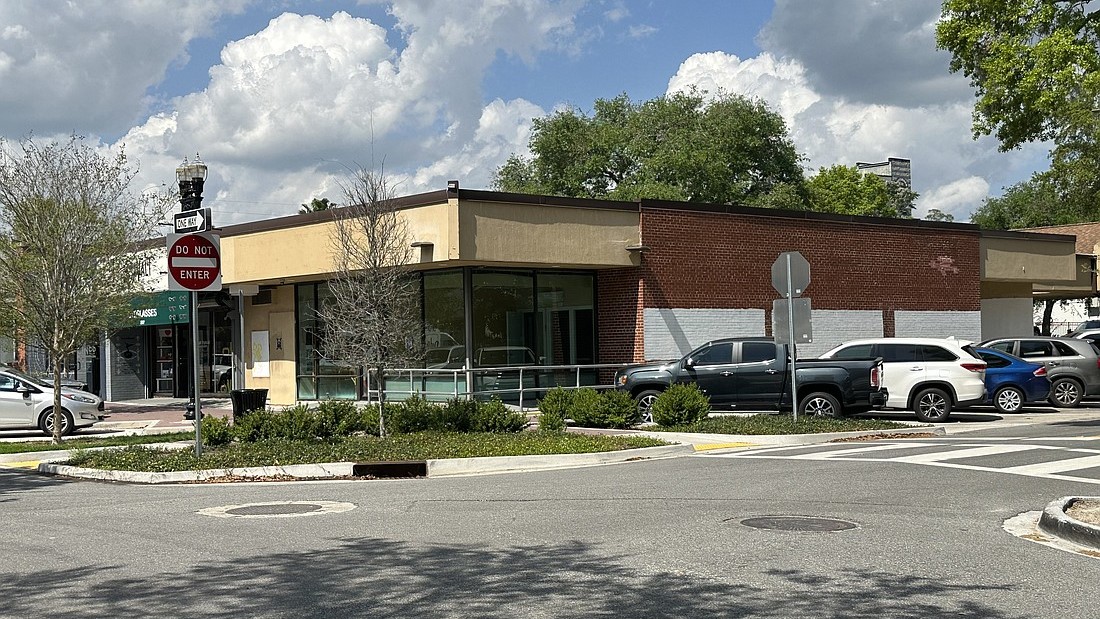When Duval Schools start back next week, students from three previous Northside elementary schools will join together at Jacksonville’s brand-new consolidated Rutledge Pearson Elementary. While the district hails the new school as an exciting milestone, the trend of combining neighboring schools is likely to accelerate if enrollment continues dropping.
Just 68% of Duval County’s school-age children attended district-run public schools last school year. District budget forecasts anticipate the number of traditional, “full-time equivalent students” will dip below 100,000 this school year, a 9% drop from five years ago. (Full-time equivalent, or FTE, students is a calculation that determines state funding.)
That number could fall further under Florida’s new universal school voucher expansion, HB 1, signed into law in March by Gov. Ron DeSantis. HB 1 removes income restrictions and enrollment caps for private school scholarships. Proponents celebrate the expansion as giving families more personalized education options, but opponents criticize it as handouts for families who could already afford private school.
The loss of funding that comes with expanded vouchers and kids’ leaving schools looms as Duval Schools searches for its next superintendent – who will inherit a district that’s working to retain students.
For the upcoming school year, the first with universal vouchers, there’s already been at least a 50% increase in the number of Duval students who will receive private school vouchers compared to last year, according to data from scholarship distributor Step Up for Students. Duval Schools loses state money for every student who drops out of district-run schools, putting a greater financial strain on their fixed costs.
Duval’s vouchers are mostly funded through the county’s state’s education dollars. This year they make up about $124 million of Duval County’s state funding, about 16%, even though just 10% of Duval’s FTE are voucher students, increasing public schools’ reliance on local funds.
In recent years, the drop in district-run school students has been largely driven by rising charter school enrollment. About 23,000 Duval students — that’s 15% of district-eligible kids — attended independently operated public charters last year, double the number from a decade ago. Prior to universal vouchers, private school enrollment had stayed relatively constant in Duval, dropping from 19% 20 years ago to 17% of the county’s school-age students last year.
Proponents and opponents of voucher expansion alike are strategizing for the potential exodus of students and money from traditional public schools. Doug Tuthill, who directs Florida voucher distributor Step Up for Students and lobbied for the new law, says districts should be planning for how to recoup some of the new voucher funds, perhaps by renting out public school facilities to homeschool groups.
Opponents, like the state’s largest teachers’ union president Andrew Spar, say districts need to be clear with parents about the potential disadvantages of private schools, which aren’t beholden to the same testing, curriculum and public-disclosure requirements as public schools.
Beyond the prospect of long-term state funding losses, Jacksonville’s school district is also planning to spend an extra $100,000 on a software program, FOCUS, this school year to meet a state requirement of tracking district-eligible scholarship recipients, according to interim Superintendent Dana Kriznar’s School Board presentations.
Duval braces for dropping enrollment
The universal voucher now available to all Florida K-12 students under the Family Empowerment Scholarship program was previously limited by income and enrollment caps. Even then, the school district was hearing alarm bells.
“If you look at the Empowerment Scholarship, it's starting to have a huge impact,” now-retired Superintendent Diana Greene told the School Board during a January 2023 meeting about student enrollment. When Duval Schools’ consultant, Cooperative Strategies, performed its annual enrollment projection this year, it recommended that the district cut back on some planned facilities updates.
Using historic enrollment, housing and birth rate data, Cooperative Strategies estimates the number of student-age kids in Duval will climb to almost 150,000 in the next five years, but traditional district enrollment would drop steadily to around 96,000 by 2028.
“Due to changes in enrollment, there may be further opportunities to both save capital and operational dollars by reducing the size of some planned school projects and/or performing further school consolidations,” the report says.
The potential changes to the district’s 10-year master facilities plan — funded by a half-cent sales tax that voters approved in 2019 — include combining Bayview and Hidden Oaks elementaries and Central Riverside and West Riverside elementaries, as well as shuttering Sally Mathis, Hogan-Spring Glenn, San Pablo and Anchor Academy elementary schools to combine with other neighboring schools instead of performing needed upgrades at all the campuses.
During a back-to-school press conference last week, Kriznar said, thus far, district enrollment for the upcoming school year looks to be about the same as last fall, but that the district is watching closely.
“We are monitoring our enrollments, and our kindergarten enrollment seems to be fairly solid,” Kriznar said. “In terms of impact, we do anticipate a number of homeschool students and private school students that are already doing that to apply for those scholarships.”
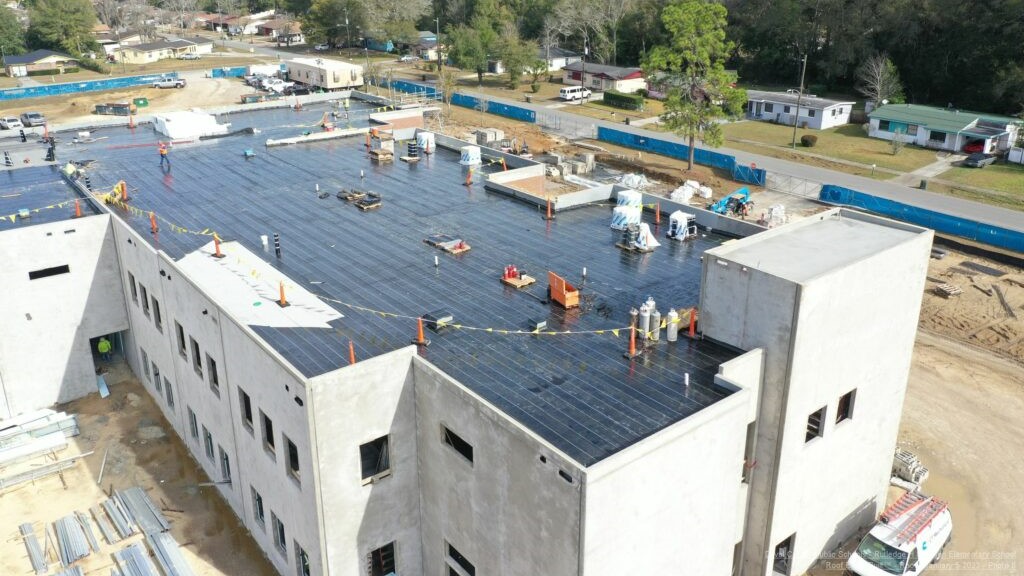
A budget hit
Florida was the first state in the country to offer a statewide school voucher program in 1999, under then-governor and school choice advocate Jeb Bush. The original iteration of the voucher program had strict eligibility limits: It was only available to students whose neighborhood public school had received a failing grade in two of the past four years.
In 2019, the Family Empowerment Scholarship was created for up to 18,000 students who attended public school the previous year, and were either military, foster or adopted or whose families earned up to 300% of the federal poverty line. Since then, eligibility has been expanded annually and now includes all state residents with kids in K-12 schools.
One of the state’s two voucher distributors, Step Up for Students, has awarded more than 18,000 Family Empowerment and Florida Tax Credit scholarships in Duval County for the upcoming school year, compared to the roughly 12,500 between the two distributors last year. The other distributor, AAA Scholarships, declined to provide district-level data for the upcoming school year. (The numbers do not include scholarships for kids with disabilities in private schools.)
The largest share of school districts’ budget is determined by enrollment. It’s called the base student allocation, and amounts to about $5,100 per traditional, full-time student in the upcoming school year.
“For every student that chooses a Family Empowerment Scholarship, that’s one less student that we are able to serve in our schools, and the funding follows the students,” Kriznar tells Jacksonville Today.
The district loses state funds whether voucher students transfer from public to private school or they are already private school students. Scholarships are funded by a mix of private donations to scholarship distribution agencies, subsidized by state tax credits, and what’s called the Florida Education Finance Program (FEFP) – state funding for public schools.
The FEFP was developed in the 1970s to increase equality in education by giving more state funds to counties with less cash from local property taxes. It’s a complicated calculation to decide what each county needs, and since 2019, a portion of each county's FEFP has been allocated to fund the private school scholarships.
“You will see over time as more funds are coming out in state aid that districts will have to adjust, so they either have to do drastic budget cuts or they have to start to raise more local dollars,” Mary McKillip, with the National Education Policy Center says.
How to keep students?
Jacksonville Public Education Fund president Rachael Tutwiler Fortune says part of the strategy to bring up public school enrollment lies in marketing.
“We have to make sure that public schools are not only quality, but perceived as such. I think that Duval County Public Schools has, for a long time, struggled from a perception gap as it relates to the current quality of schools.”
That perception wasn’t helped by the district’s recent low testing scores, ranking in the bottom 20 of Florida’s 67 school districts in both standardized math and language arts tests. Tutwiler Fortune says it's important that data is contextualized, both within pandemic learning loss and the district’s focus on literacy in its strategic plan.
“It's right for them to be concerned about the results and saying, ‘We need to do better,’ but I also think the same is true for other providers,” Tutwiler Fortune says. “When we see what’s happening with the data and DCPS and connecting that to the conversation around choice, we really have to look at the data all around.”
District-run schools received better school grades than public charter schools last year — almost a third of Duval County’s charter schools got a D or F rating in the 2022 round of school grades, triple the rate of district-run public schools. Results of 2023 testing are expected this fall.
Private schools are harder to compare because they can choose from a range of annual assessments instead of Florida’s standardized tests.
Tuthill, with voucher distributor Step up for Students, argues that public school districts need to “innovate” to keep up with Florida’s school choice agenda and recoup the money going toward vouchers.
“I think you’re going to see more enlightened superintendents and school boards say, ‘You know what, we can unbundle our services and create another revenue stream,’” Tuthill says. “There's tremendous opportunities for them to maximize the value of their assets and access a lot of this money that the kids have in scholarships.”
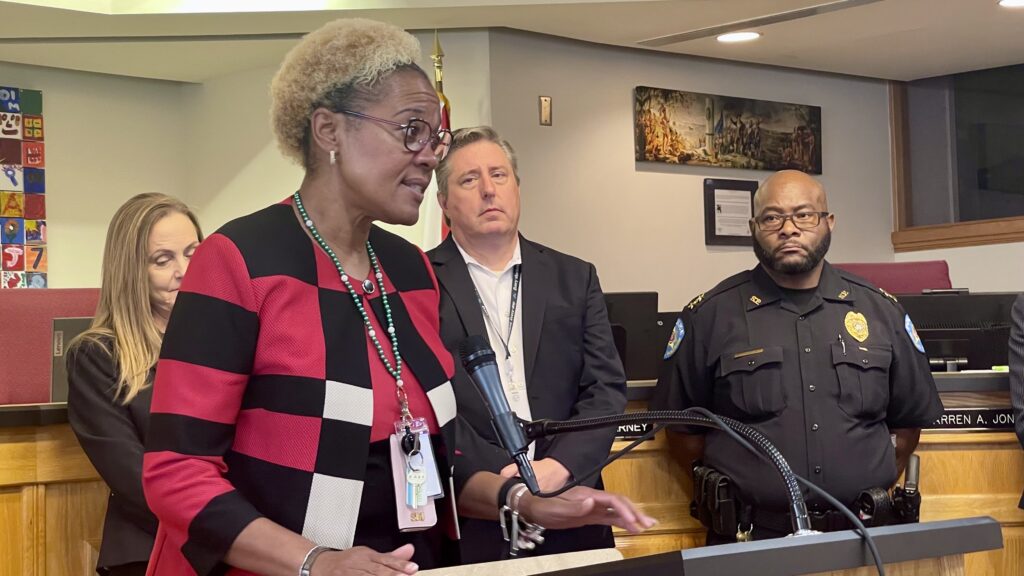
According to state law, the scholarships have to be used for private school tuition first, and then can be put in an education savings account for other authorized uses — including services from public schools or private tutors.
The state’s largest teachers’ union, the Florida Education Association, advocates against expanding private school vouchers. Spar says one of the biggest concerns is that public schools could be forced to cut programs for traditional, public school kids, who remain the majority of students, if the state doesn’t prioritize public education.
“I think the uncertainty is more of a financial uncertainty,” Spar says. “That could mean a cut in programs such as music and other arts programs, it could be a cut in athletics programs or electives or advanced placement programs. All of those programs could be impacted, as well as larger class sizes.”
For now, Duval County Public Schools’ assistant superintendent of school choice, Sharwonda Peek is urging parents to contact her before leaving the district.
“We want families to call us so that we can talk to them about all of the wonderful choice opportunities that Duval County has to offer, to include our magnet schools and our special transfer options,” Peek says. “We want Duval County to be their choice.”
CORRECTION: This story was updated on August 14 with a quote from Duval County Public Schools stating that district funds were covering a $16.7 million gap between state funding and the total cost of vouchers. On August 17, the district retracted its statement and the quote was removed. The district now says the state is fully funding private school vouchers this school year.
This article is part of Jacksonville Today’s superintendent search series looking at big issues the district’s next superintendent will face. What do you think is the most pressing challenge facing Duval County Public Schools? Email reporter Claire Heddles at claire@jaxtoday.org.
See also: Florida’s new universal education vouchers: A guide for parents and Enrolling your child in Duval County Public Schools from Jacksonville Today.


